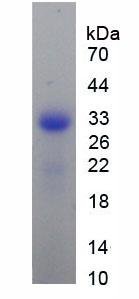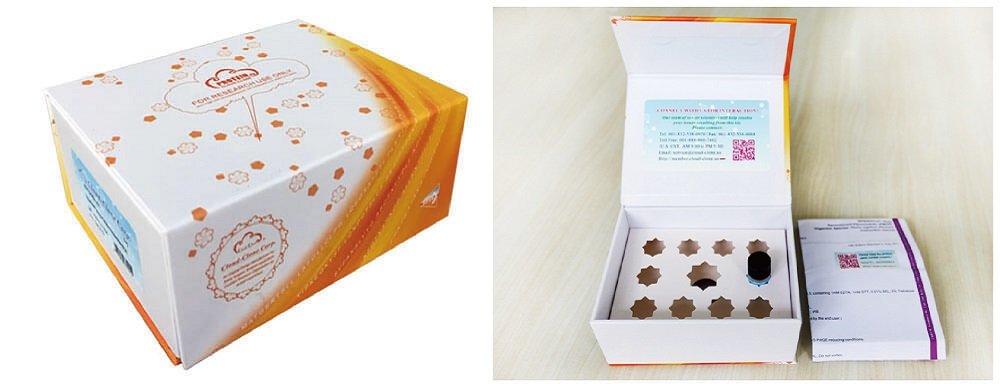Recombinant Receptor Activator Of Nuclear Factor Kappa B (RANk)
Cat No.: RPC057Mu01 | Size: 10µg, 50µg, 200µg, 1mg, 5mg
| Synonyms | CD265; TNFRSF11A; TNFRSF11-A; ODFR; OFE; TRANCER; Osteoclast differentiation factor receptor; Tumor Necrosis Factor Receptor Superfamily,Member 11a,NFKB Activator |
| Species | Mus musculus (Mouse) |
| Expression Host | E.coli |
| Sequence | LI QQGKSKIPF QEPLVEGND SLSQCFTGTE STVDSECODF TEPPSRTDSM PVSPEKHLTK EIEGDSCLPW VVSSNTDGY TGSGNTPGED HEPFGSLKC GPLPQCAYSM GFPSEAAASM AEAGVRPQDR ADERGASGSG SSPSDQQPAS GNVTGNSNST FISSGQVNNF KGDIIVVYVS QT |
| Accession | O35305 |
| Predicted Molecular Mass | 22.8kDa |
| Accurate Molecular Mass | 33kDa(Analysis of differences refer to the manual) |
| Tag | Leu359~Thr542 with N-terminal His Tag |
| Purity | > 95% |
| Endotoxin | <1.0EU per 1µg (determined by the LAL method) |
| Storage | Avoid repeated freeze/thaw cycles. Store at 2-8°C for one month. Aliquot and store at -80°C for 12 months. |
| Shipping | This product is provided as lyophilized powder which is shipped with ice packs. |
| Buffer Formulation | PBS, pH7.4, containing 5% Trehalose. |
| Reconstitution | Please refer to the printed manual for detailed information. |
| Background | Recombinant Receptor Activator of Nuclear Factor Kappa B (RANK, TNFRSF11A) is a bioactive protein that plays a key role in bone metabolism, immune regulation, and inflammatory responses. As a member of the TNF receptor superfamily, RANK interacts with its ligand (RANKL) to activate osteoclast differentiation, NF-κB signaling, and downstream pathways critical for bone resorption and immune function. This recombinant protein is widely used in research on osteoporosis, autoimmune diseases, and cancer metastasis. Suitable for in vitro assays, cell signaling studies, and drug discovery applications. |




